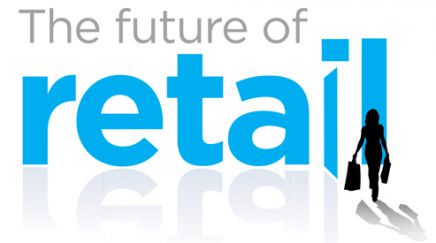
Business analytics or BA is actually a reference to the technologies, applications, skills and practices to continuously explore and investigate past business performance in order to gain an insight into further business planning. It can evaluate the operations of the entire organization. It focuses on understanding the performance of a particular organization after a careful study of the available data and through statistical methods. Each department of the organization from sales to marketing to product development uses business analytics to increase business. On the other hand, business intelligence uses metrics consistently for the understanding of past business performance and to guide business planning.Retail Analytics
To drive decisions, business analytics will make extensive use of data. Through statistical and quantitative analysis, predictive and explanatory modeling and management that are based on actual facts, the decisions can be firmed up. Analytics can also be used to input human decisions or to drive automated decisions that are fully automated. Business intelligence, on the other hand deals with queries, reports and alerts. These deliver facts on what happened, how often it happened, where the problem is located and the kind of actions required to rectify the problem. Business analytics answer questions on why the problem occurred in the first place and what would happen if such trends continue, prediction of what would happen next or predictive analysis, and how to optimize on what has already happened.
The key consumer of business analytics may not necessarily be someone whose job related directly to analytics e.g. marketing person or the merchandiser. However, as business analytics has improved quite a lot for the past few years as it provides these users valuable insight and data on how they can improve their business processes to gain more business.
Predictive analytics is a branch of data mining and encompasses a large variety of statistical techniques from modeling, data mining etc to analyze historical and current facts enabling predictions about what future trends might be. This model of business analysis is based on patterns that are normally found in historical and transactional data so that risks and business opportunities can be found. Information is extracted and worked on to predict behavior patterns. It relies on capturing the relationships that exist between explanatory variables and predicted variables from occurrences in the past and exploiting them for future predictions. However, the accuracy of the data is of prime importance.Market optimization
Predictive analytics can also depict how a past customer will behave in the future and this data can be used to improve marketing effectiveness. This kind of model can also be used to answer questions about customer performance with a view to detect fraud or evaluate any risk that he can show in future. Generally, this type of analytics is used in financial services, insurance, telecommunications, retail, travel, healthcare, pharmaceutical companies etc.
